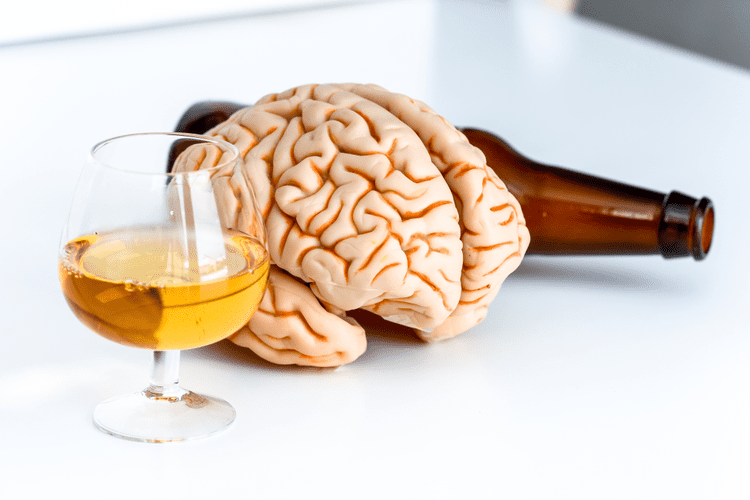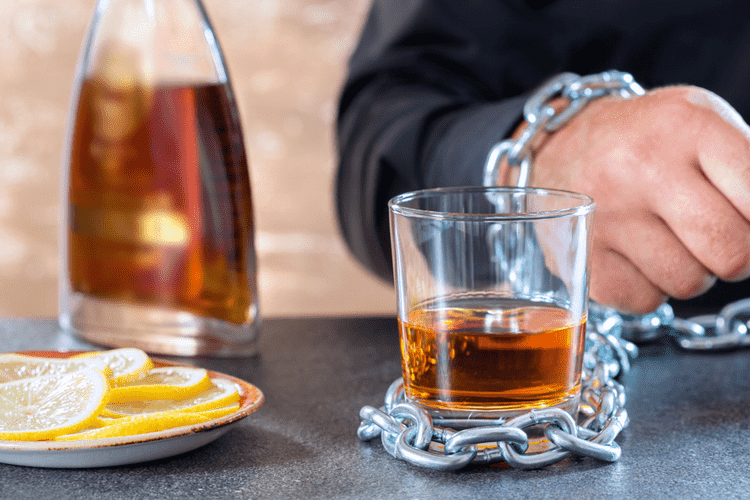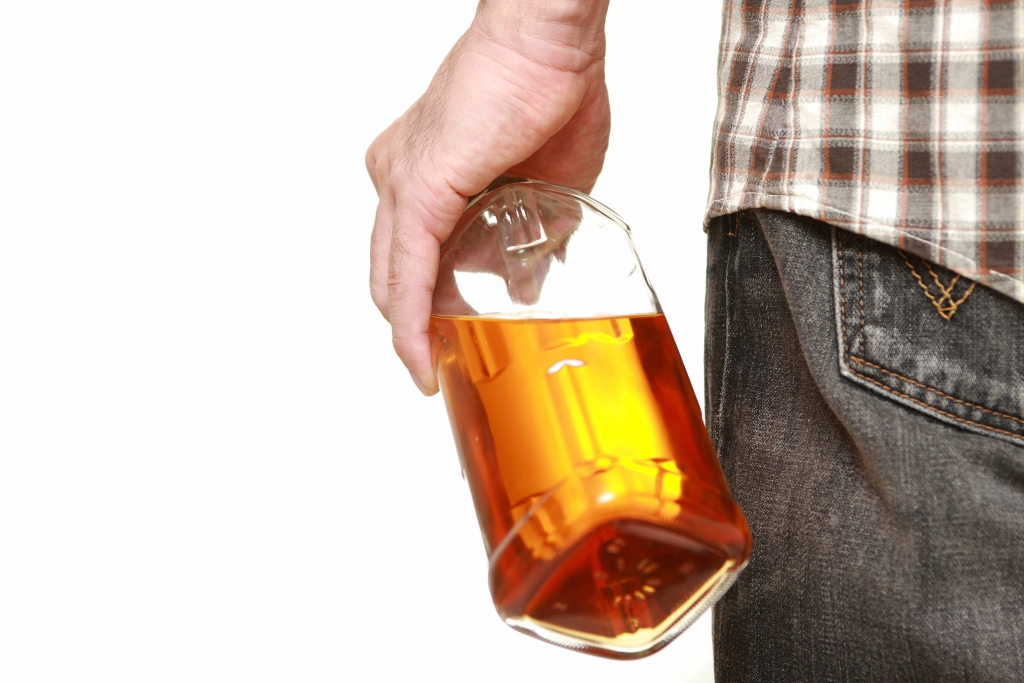They’re often used and misused in search of a “high,” or to boost energy, to improve http://www.sequencer.ru/forum/2/1636.html performance at work or school, or to lose weight or control appetite. Despite the name, these are not bath products such as Epsom salts. Substituted cathinones can be eaten, snorted, inhaled or injected and are highly addictive.
Mental Health and Mental Disorders

Substance abuse, however, involves a recurring pattern of use that leads to negative consequences. Substance abuse and addiction are often used interchangeably, but they represent distinct stages on a spectrum of problematic substance use. Substance abuse refers to a pattern of harmful use that negatively impacts various aspects of life, such as work, relationships, or legal status.

Alcohol, Smoking, and Substance Involvement Test (ASSIST)
Addiction, on the other hand, is characterized by a physical and psychological dependence on a substance, along with an inability to control its use despite significant harm. The key differences between substance abuse and addiction lie in the severity of use, the degree of control, and the presence of physiological dependence. While substance abuse can be a precursor to addiction, not everyone who abuses substances becomes addicted.
- Substance abuse can affect various substances, including alcohol, prescription medications, and illicit drugs.
- You might not recognize how much you drink or how many problems in your life are related to alcohol use.
- It involves physical and/or psychological reliance on a substance.
- These may range from mild discomfort to life-threatening conditions, depending on the substance and duration of use.
- These consequences can be both immediate and long-lasting, affecting various aspects of an individual’s life.
- Substance use disorder is a mental health disorder in which a person continually uses drugs or alcohol even though it is causing physical, psychological, and/or personal harm.
Preventing drug misuse in children and teenagers
Despite manufacturer claims, these are chemical compounds rather than “natural” or harmless products. These drugs can produce a “high” similar to marijuana and have become a popular but dangerous alternative. She noticed feeling full and dizzy after one drink, whereas before she felt she tolerated alcohol much better. “The impact of the alcohol was more intense,” she says, and so cutting back was easy.
Narcan (4 mg/spray) and ReVive (3 mg/spray) are brand names available OTC. Despite being aware of these harmful outcomes, many people who use drugs continue to take them, which is the nature of addiction. Use of hallucinogens can produce different signs and symptoms, depending on the drug. The most common hallucinogens are lysergic acid diethylamide (LSD) and phencyclidine (PCP).

Help from your health care provider, family, friends, support groups or an organized treatment program can help you overcome your drug addiction and stay drug-free. “This study investigated important outcomes (hospitalizations) that are very relevant from a clinical and public health standpoint — another important strength of the study.” In the study, researchers used data from more than 227,000 people in https://chickencoopplansmanual.com/how-to-raise-chickens-some-questions-and-answers/how-you-can-raise-healthy-happy-lengthy-resided.html Sweden’s patient data registry, a national database of health records. The study’s subjects were diagnosed with alcohol use disorder between 2006 and 2021. Among these, 4,321 people used semaglutide, the drug branded under the names Ozempic and Wegovy, and 2,509 people used liraglutide, another drug in the same class.

How can addiction harm other people?
- While naloxone has been on the market for years, a nasal spray (Narcan, Kloxxado) and an injectable form are now available, though they can be very expensive.
- Through art, individuals can share their stories, increase awareness, and offer support and hope to those struggling with substance use disorders.
- “The impact of the alcohol was more intense,” she says, and so cutting back was easy.
- People who abuse substances may experience recurrent social, interpersonal, or legal problems related to their use.
- Relapse rates for drug use are similar to rates for other chronic medical illnesses.
Counselors may select from a menu of services that meet the specific medical, mental, social, occupational, family, and legal needs of their patients to help in their recovery. While relapse is a normal part of recovery, for some drugs, it can be very dangerous—even deadly. If a person uses as much of the drug as they did before quitting, they can easily overdose because their bodies are no longer adapted to their previous level of drug exposure.
- It’s characterized by continued use despite negative consequences.
- A properly functioning reward system motivates a person to repeat behaviors needed to thrive, such as eating and spending time with loved ones.
- Ongoing support is crucial for maintaining sobriety and preventing relapse.
- Resistance to change is recognized as an expected part of the process.
- She has worked in the hospital setting and collaborated on Alzheimer’s research.
Substance Use Disorder Categories
While tragic, the 100,000 fatal drug overdoses last year actually claimed the lives of a tiny percentage of the 31.9 million Americans who use illegal drugs. “We are literally surrounded by people who are in recovery from a substance-use disorder, but we don’t know it,” Kelly said. Americans often see the more destructive side of addiction, drug crime, people slumped in doorways and family members who are spiraling downward. Now she’s a homeowner, she started a small business and says life is “awesome.” Upcoming events happening statewide include virtual naloxone trainings to recognize and respond to an opioid overdose.
Alcohol use can progress from social http://ua-vet.com/addtmc.php?info=10377 drinking to problematic consumption. Regular heavy drinking alters brain chemistry, potentially leading to physical dependence. Initial substance use can evolve into addiction through repeated exposure and neurobiological changes. The brain’s reward system becomes sensitized to the substance, leading to cravings and compulsive use. Social pressures, particularly during adolescence, can lead to experimentation with drugs or alcohol. Peer influence and desire for acceptance often drive initial substance use.